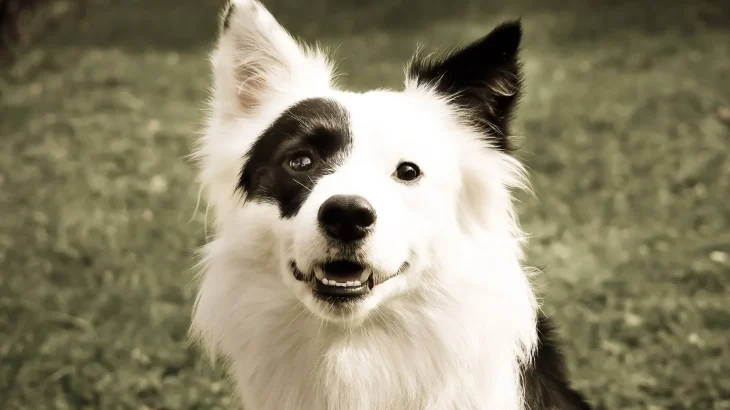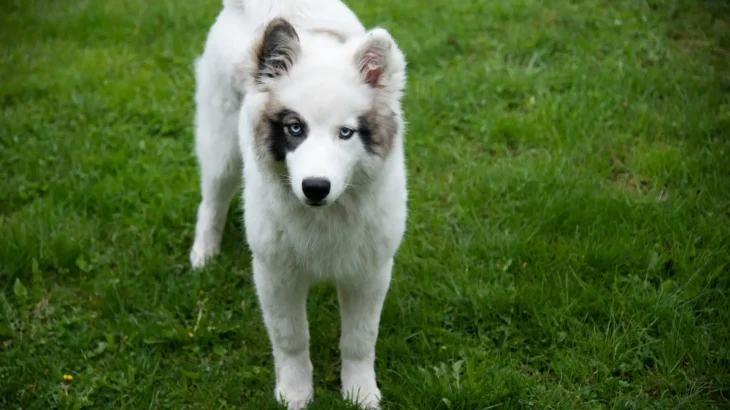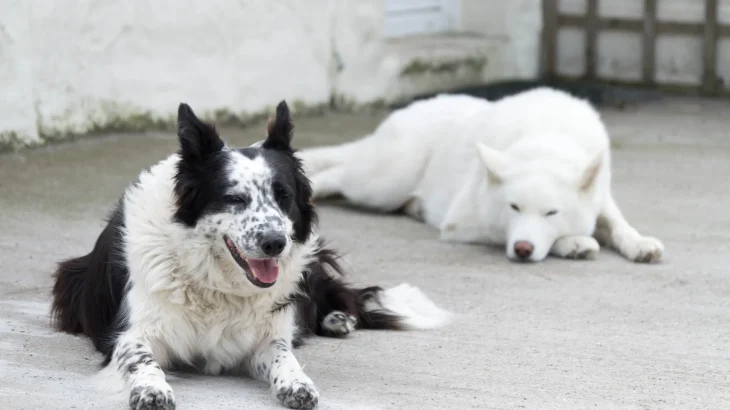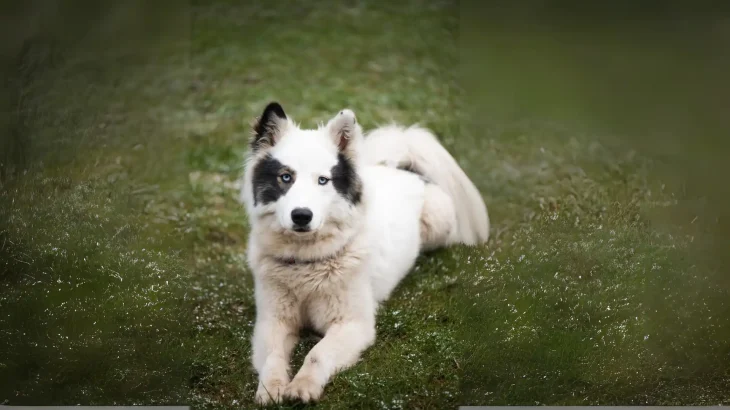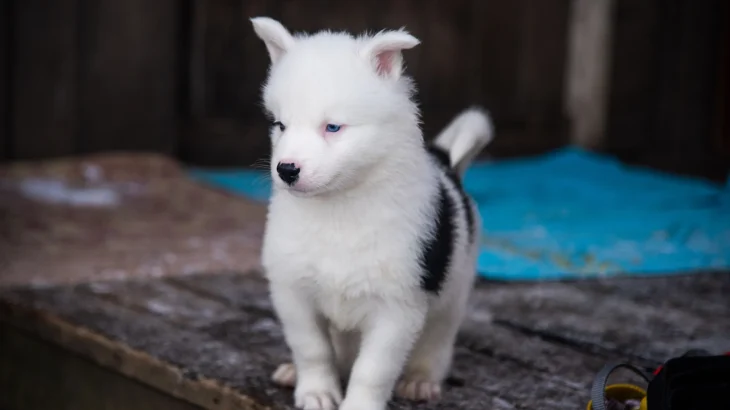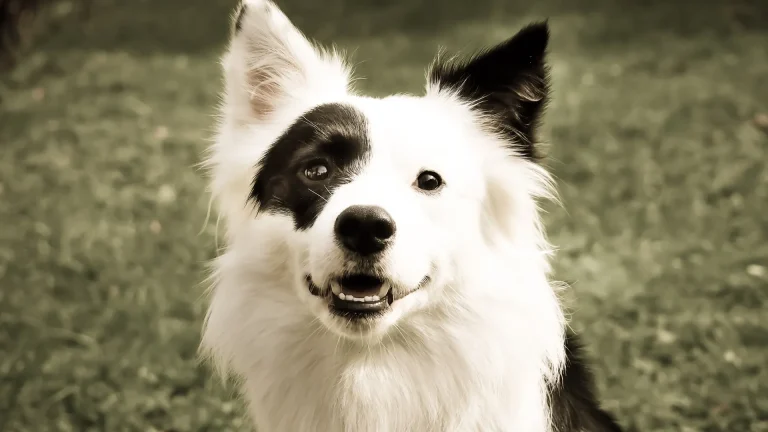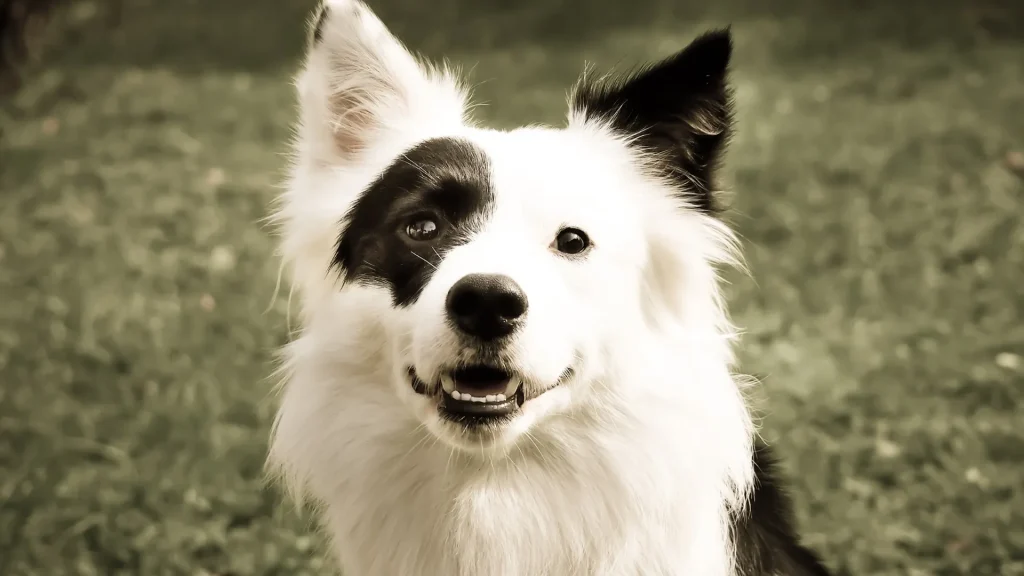Deciding whether to buy or adopt a Yakutian Laika puppy involves weighing the benefits of guaranteed breed purity and full health history against the opportunity to provide a home to a dog who may otherwise be overlooked. Purchasing from a breeder often offers clear insights into the puppy's genetics and upbringing, while adoption might come with less certainty but supports animal welfare in a meaningful way.
Adoption vs. Breeder: Pros & Cons
| Criteria | Buying from Breeder | Adopting from Shelter/Rescue |
|---|---|---|
| Cost | Typically higher, reflecting purebred status and breeder care. | Usually lower adoption fees, making it more budget-friendly. |
| Health History | Comprehensive health records and genetic screening often provided. | Health may be less documented; basic checks usually performed. |
| Age Availability | Mostly puppies, allowing for early socialization and training. | Varies widely; may include older dogs with established temperaments. |
| Temperament Insight | Breeders share details on lineage and expected behavior. | Behavior assessments available, but history often unknown. |
| Ethical Considerations | Choose responsible breeders to avoid supporting puppy mills. | Supports giving a home to dogs in need, promoting rescue efforts. |
| Breed Purity & Pedigree | Guarantees purebred status with pedigree documentation. | Breed specifics may be uncertain; less emphasis on pedigree. |

